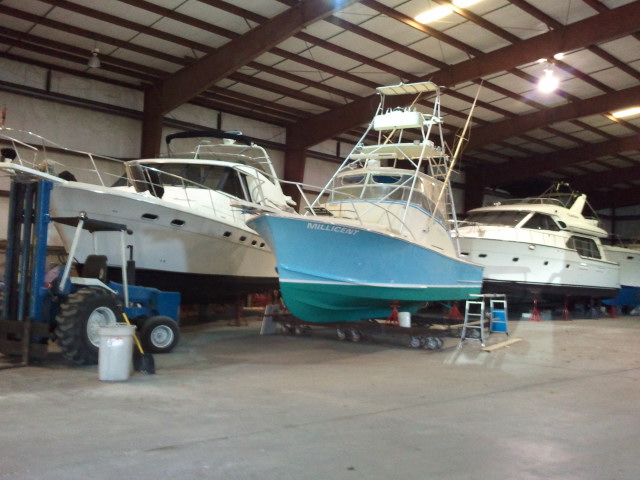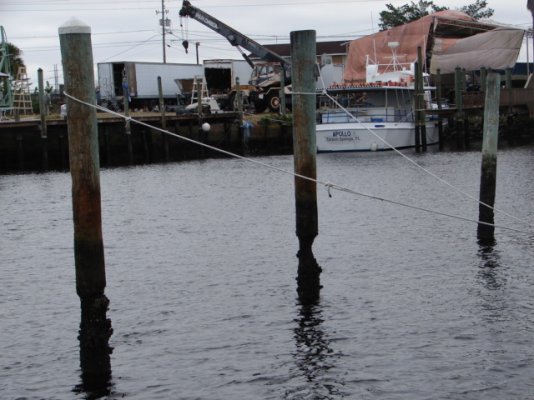Looks like 99 is not a big deal... I hope
CLASSIFICATION: UNCLASSIFIED
All,
Please share this information with other interested parties!
Share our social media posts on Twitter @JaxStrong and Jacksonville District, U.S. Army Corps of Engineers Facebook
https://www.facebook.com/JacksonvilleDistrict/
Sign up to receive updates on Notices to Navigation at:
Jacksonville District Notices to Navigation
NTN 2016-009 Tropical Storm and Hurricane Operations at Locks
Okeechobee Waterway and Canaveral Harbor Lock Operations During Tropical Storms and Hurricanes
Read the Notice to Navigation: bit.ly/2bSczdd or
http://www.saj.usace.army.mil/Porta...ropicalStormandHurricaneOperationsatLocks.pdf
Notice to Navigation Notice is given that 72 hours prior to a Tropical Storm or Hurricane making local landfall locks will be open 6 AM to 10 PM supporting vessel safe harbor passage. Lock operations will stop 8 hours prior to land fall as Railroad and drawbridges will be lowered or rotated and locked into a secure position. It's important that all vessels are at their intended destination before bridges are secured and passage across the waterway suspended.
For Lock Operator safety, the locks will:
1. Stop locking vessels or working outdoors if lightning is observed within five miles of the lock and operations will not resume until lightning has not been seen in the area for 30 minutes.
2. Stop locking vessels when winds exceed 35 MPH.
After a storm, it could be days or weeks before the waterway is reopened, depending on damage to structures and how quickly debris creating navigation hazards can be removed.
For up-to-date Lock information contact the shift operator 7 AM to 5 PM at:
Canaveral Lock 321-783-5421
St Lucie Lock & Dam 772-287-2665
Port Mayaca Lock & Dam 561-924-2858
Moore Haven Lock & Dam 863-946-0414
Ortona Lock & Dam 863-675-0616
WP Franklin Lock & Dam 239-694-5451
Thanks for helping to get the word out - be ready and be safe!
Erica
Erica Skolte
Public Affairs Specialist
Corporate Communications Office
U.S. Army Corps of Engineers, Jacksonville District
South Florida Restoration Office, West Palm Beach
Phone: 561-472-8893
Cell: 561-801-5734
erica.a.skolte@usace.army.mil
Twitter @JaxStrong
Jacksonville District Facebook:
https://www.facebook.com/JacksonvilleDistrict
Jacksonville District: A team of professionals making tomorrow better
CLASSIFICATION: UNCLASSIFIED



